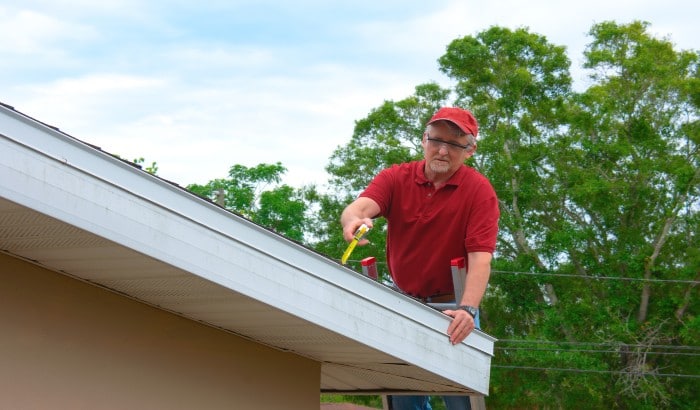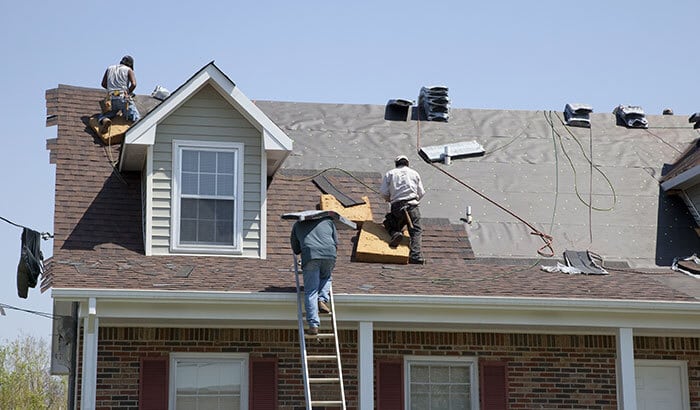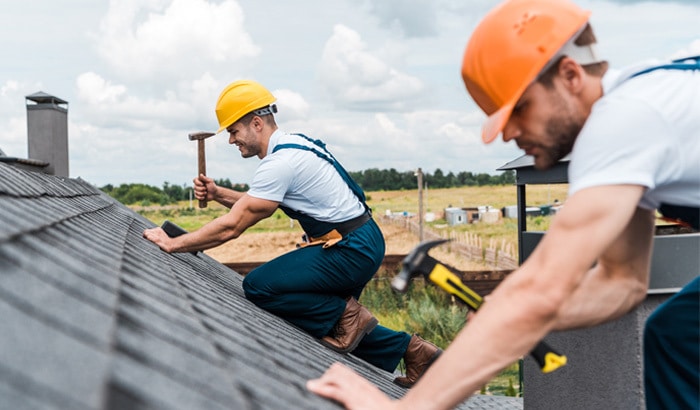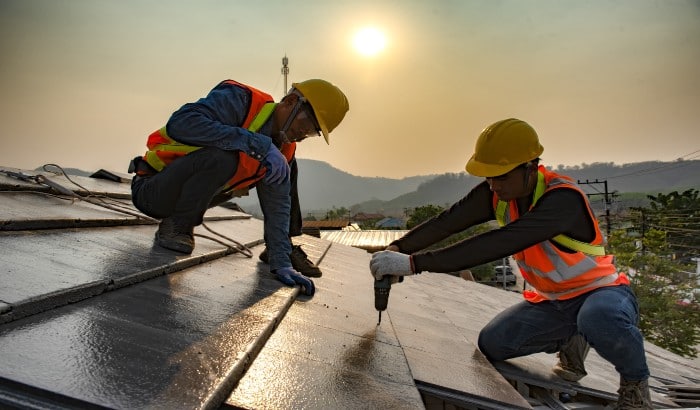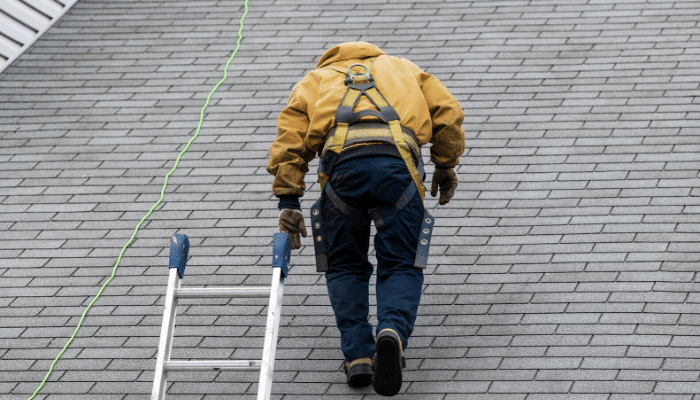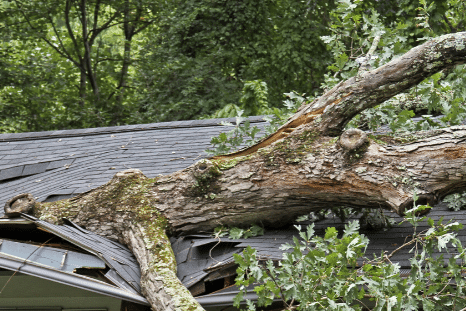If your roof needs repair, it is important to understand how to file a successful roof damage insurance claim.
After all, your roof is on the front lines against the elements in order to protect your home, so damages are inevitable.
Here are some tips to maximize your claim.
Find a Great Roofing Contractor
The first step you should take after noticing damage to your roof is hiring a roofing contractor. It is vital to work with a licensed, reputable contractor such as The Roof Doctor. A great contractor makes all the difference when filing a successful roof damage insurance claim.
Have Your Roof Inspected
You should have your roofing contractor inspect the damage prior to filing a claim. They will take pictures of the roofing issues as well as any other damages around your home. Capturing images of fallen tree branches, toppled chairs, or any other casualties of the storm will help strengthen your claim.
Be Prompt
Since your roof is constantly in use, time is of the essence when filing a claim to repair it. The longer it sits, the more time it has to collect dirt and debris that will make it difficult to establish the original damages.
Review Your Insurance Policy
All homeowner’s insurance policies are not created equal. You will want to make sure that the type of damage that occurred is covered by your plan. For example, if your roof was impaired in a hailstorm, you will want to verify that wind and hail damage is actually included in your policy.
Get an Estimate
Your insurance adjuster will provide an inspection in order to calculate an estimate. The Roof Doctor prefers to be on site for this process so that the adjuster is properly reviewing and noting all roof damage. Do not rely on the adjuster alone to determine the repair cost of the roof.
Keep a Log of Correspondence
Keep records all throughout the repair process. This includes photos, documented estimates, your homeowner’s insurance plan, and a record of who you spoke with and what they said. Ask a lot of questions and make sure you fully understand all the details of the job.
The Roof Doctor Way
In order to file a successful roof damage insurance claim, you need to work alongside an excellent roofing contractor. The professionals at The Roof Doctor are proud to offer excellent service and an open line of communication.
We serve Salt Lake City, Tooele, Ogden, Layton, Bountiful, Orem, Provo, and everywhere in between in Utah. Contact The Roof Doctor for your free estimate today.

